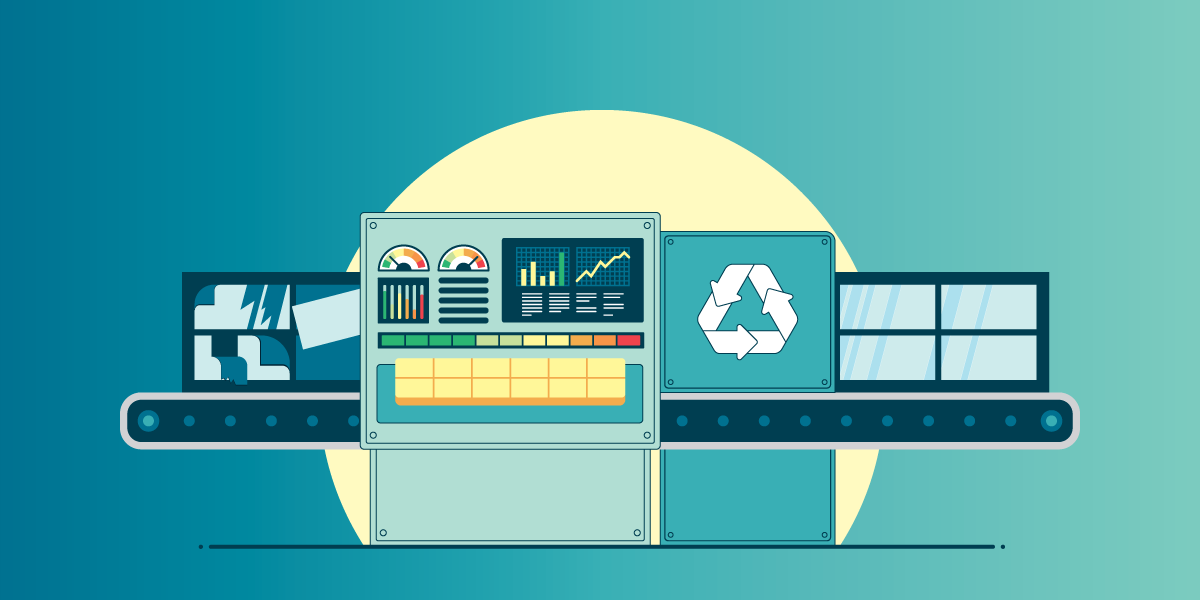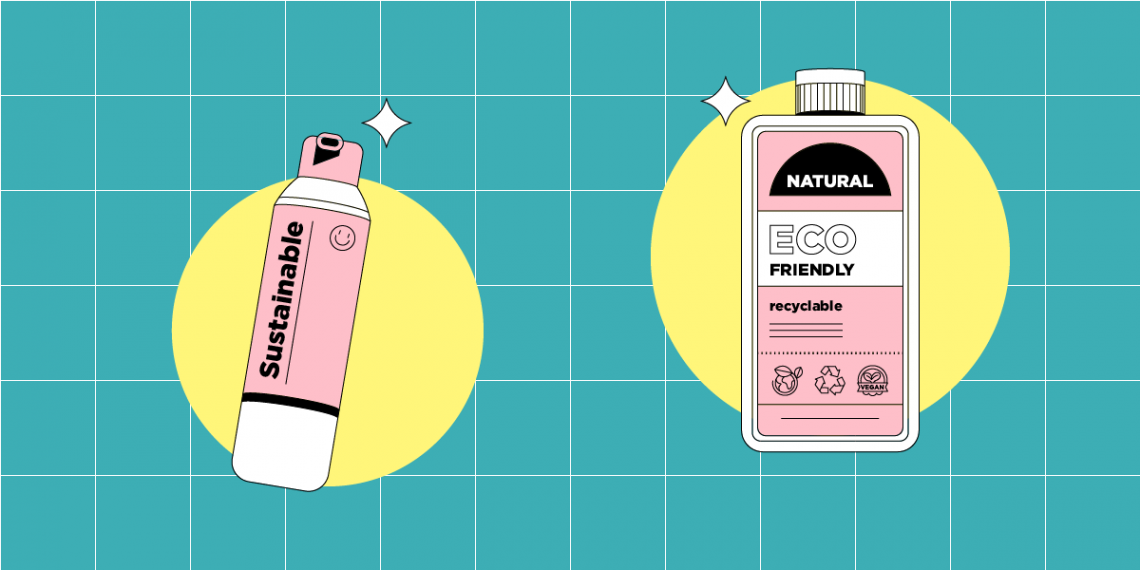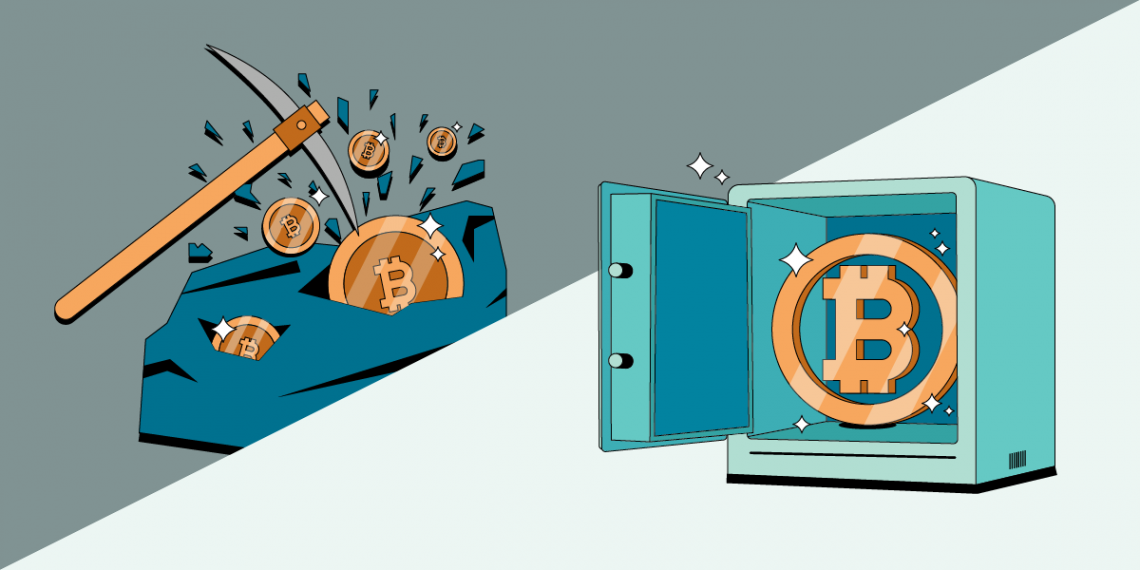We need energy. Lots of energy. And we found smart and innovative methods of producing it. Green, clean, however you like to call it. Most constant and widely spread sustainable form of power comes from solar industry, that is solar panels. They’ve been around for a long time doing a superb job., too. But. "No form of energy in its modern use is wholly clean", says Mary Hutzler, senior fellow at the Institute for Energy Research. Good observation, Mary.
There’s always dark after the sun
We introduced Panda as an innovative green energy source to you in our last blog post, where we wrote about China’s solar capacity and their ways to popularize solar plants. It is just a tiny bit of the county’s solar capacity, which is the world’s biggest – a staggering number of 130 gigawatts. Ranked 2nd behind China is the United States with more than 1.4 million solar energy installations in use. Add India, Japan, the rest of the world...There are photo-voltaic panels almost everywhere. So, what’s the flaw, what’s the BUT?
Waste. Solar waste. Those panels cannot live forever, and Panda, unfortunately, will not be waving until the end of time.
Have you seen that one coming? Simple as that...They all need to end up somewhere, and for this kind of energy production to be fully sustainable, clean and green, we have to start thinking about those solar panels approaching the end-of-life point and piling up. What to do with them.
Here are the most important parts of solar panel disposal story.
- Solar panel life expectancy is around 25 to 30 years. It is approximate. It doesn’t mean they abruptly stop working. Actually, their power capacity supposedly decreases by about 20% during that time, but they may even last for 30 or 40 years. Nevertheless, experts warn that millions of aging panels could have a huge impact on the environment. Then what?
- Besides European Union countries, no one has regulations on solar waste management implemented. In EU PV panels are categorized as e-waste in the Waste Electrical and Electronic Equipment Directive. From 2012., manufacturers there must obey certain legal regulations and disposal standards so that solar panels do not end up anywhere and become a threat to the environment. In China, US, Japan...no regulations. Expenses for the recycling and disposal of the panels aren’t included in production costs.
- If we do not put in place the recycling procedures, by the end of 2050, we can expect 60 million tons of PV panels waste lying in depots. Mostly in China. That becomes a truly frightening conditional the moment you find out that all solar cells consist of toxic elements. Doesn’t sound so sustainable anymore, right?
- Lead, chromium, and cadmium are the bad guys. Harmful to human beings. Those elements could potentially end up in our drinking water systems. They are accumulating. You thought only plastic and glass were in the game? No, PV cells are a complicated combination of materials, hard for dissembling and recycling. And not only that - "Solar panels create 300 times more toxic waste per unit of energy than nuclear power plants." - found out the Berkley-based group. Ooops.
- Facts under the number 4. are the reason solar panels recycling plants started emerging in order for producers to find innovative solutions to tackle the waste. Two types of solar panels are used at the moment. Silicon-based PV panels are dominant and 90% of their content is not dangerous, but that 10 % of toxic elements are the problem-maker. And there are thin-film based panels. Both types can be repurposed by specific industrial technologies. Innovation in recycling methods can even provide a 96% recycling efficiency. But, listen now – the goal it to get an even higher percentage in the future!
- When it comes to silicon-based panels, using innovative processes 95% of the glass and 85% of the silicone material can be reused. Thin-film panels are processed in a different way, more drastically, separating liquids from solids. Depending on the kind of methods applied, an average 95% of liquid semiconductor components is left to be used again. From solids, 90% of the glass can be a part of some new Panda. Not bad when you present it in this way, however, little is actually done.
- It is highly important to start acting on this subject right now. Not in 2, not in 5 or 10 years. Now. We need regulations, laws, and suitable processes implemented as soon as possible, so we can be prepared for the proper decommissioning of these good guys. The industry seems unaware, relaxed, having a legs-on-the-table-smoking-cig-there-is-plenty-of-time attitude. That must change. One bright example is the recent opening of Europe’s first solar panel recycling plant in France. Applaudissement!
- Last but not least – profit! International consulting firm Global Market Insights predicts that the global PV panel disposal and recycling management market could be worth $360 million by 2024 and around 14 billion dollars in recoverable value by 2050. Investors and manufacturers, what are you waiting for? A huge plus will also be lots of green job opportunities.
There is always light after the dark
To conclude, there is nothing environmentally desirable about piling of hazardous waste while trying to go green, but we can make it right, we can try, work, try, work, and be innovative until we make it a happy-ending story about a completely sustainable source of much-needed energy.






